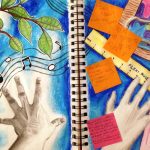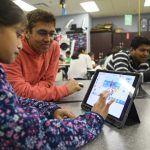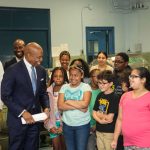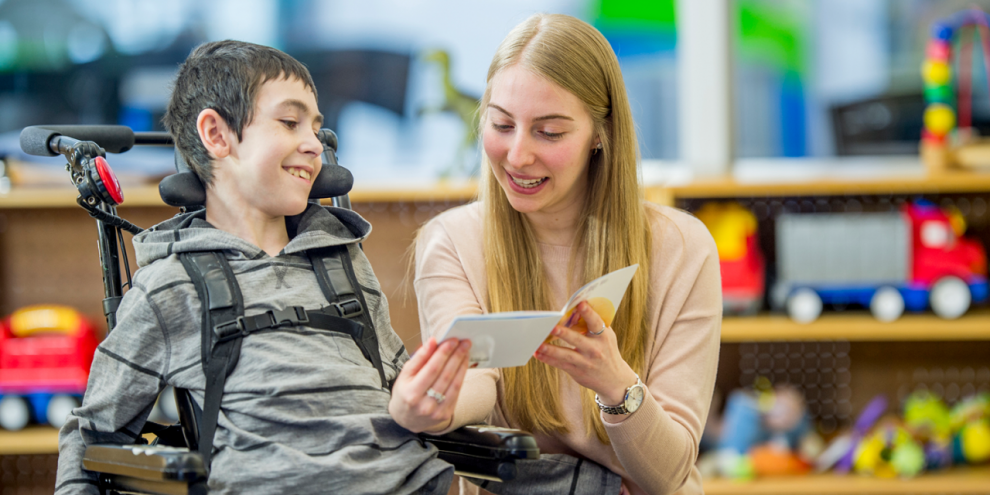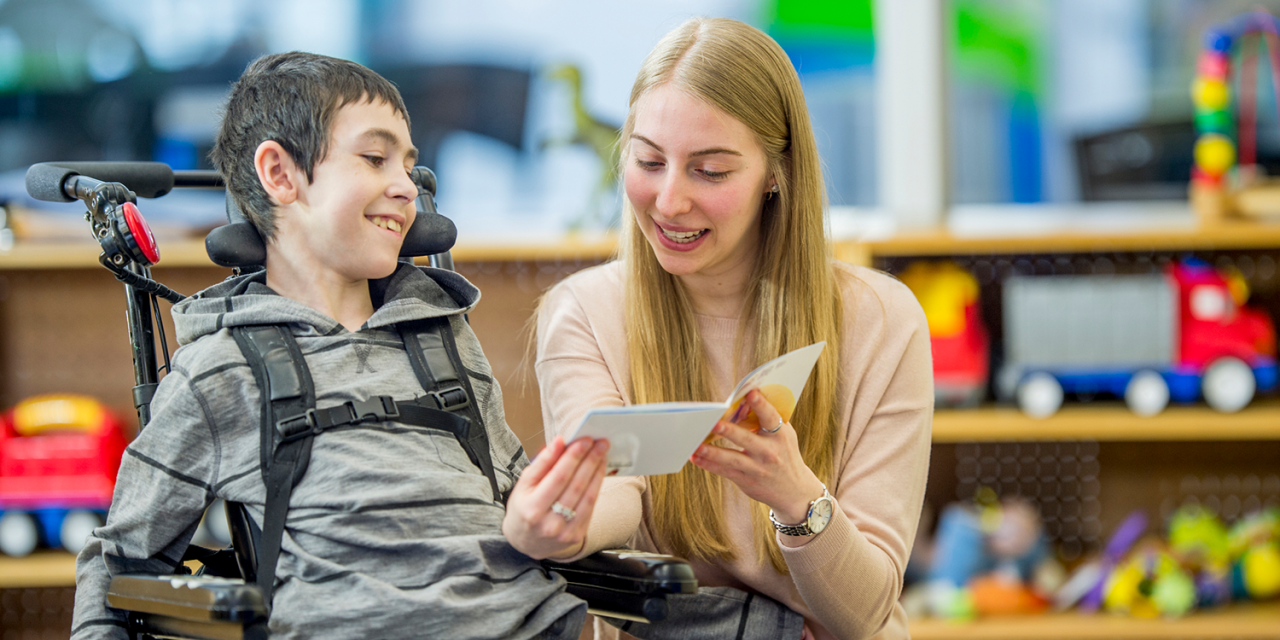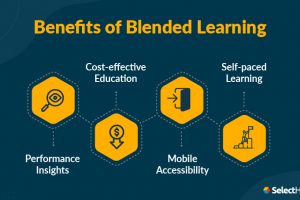Introduction: Embracing Inclusion
The Imperative of Inclusion
In the realm of education, the concept of inclusion has evolved into a powerful philosophy. It centers on the belief that every student, regardless of their abilities or disabilities, has the right to access quality education in the least restrictive environment. Helen Keller, the renowned advocate for the deaf and blind, once said, “Alone we can do so little; together we can do so much.” This article explores the imperative of supporting special needs students in classrooms, highlighting the progress made and the work that lies ahead.
Understanding Special Needs
Diverse Spectrum of Abilities
The Vast Spectrum of Special Needs
Special needs encompass a wide spectrum of abilities and challenges, ranging from physical disabilities and sensory impairments to learning disabilities and developmental disorders. Each student is unique and requires tailored support.
The Myth of Homogeneity
It’s essential to dispel the myth of homogeneity within special needs. No two students are the same, and their educational needs can vary significantly.
The Importance of Early Identification
Early Intervention: A Lifeline
Early identification and intervention play a pivotal role in helping special needs students. Diagnosing challenges and providing targeted support at a young age can significantly improve outcomes.
Inclusive Education: The Benefits and Challenges
The Benefits of Inclusion*
Academic and Social Growth
Inclusive classrooms promote both academic and social growth. When students with special needs are included, they have the opportunity to learn from their peers and vice versa.
Fostering Empathy
Inclusion fosters empathy and understanding among all students. It prepares them for a diverse and inclusive society.
The Challenges of Inclusion*
Diverse Needs, Limited Resources
Inclusion can be challenging due to the diverse needs of special needs students and the limited resources available to support them adequately.
Teacher Preparedness
Teachers require specialized training and support to effectively meet the needs of all students in an inclusive classroom.
Best Practices in Supporting Special Needs Students
Individualized Education Plans (IEPs)*
The Role of IEPs
Individualized Education Plans (IEPs) are crucial tools in tailoring education to the specific needs of students. They outline goals, accommodations, and services.
Parental Involvement
Collaboration with parents is key to developing effective IEPs. Parents are valuable partners in the educational journey.
Universal Design for Learning (UDL)*
A Holistic Approach
Universal Design for Learning (UDL) is an approach that seeks to make education accessible to all. It involves designing curriculum and materials with flexibility in mind.
Creating Accessible Materials
Educators can create accessible materials, such as digital resources with built-in accessibility features, to support special needs students.
Peer Support and Sensitivity Training*
Promoting Inclusivity
Peer support programs and sensitivity training for students can foster an inclusive environment where all students feel valued and respected.
Teacher Professional Development*
Equipping Educators
Ongoing professional development is essential to equip educators with the knowledge and skills required to support special needs students effectively.
Real-World Examples of Inclusion Success
The Story of Temple Grandin*
Temple Grandin, a renowned autism advocate and scientist, was diagnosed with autism at a young age. Despite facing numerous challenges, she not only earned a Ph.D. in animal science but also revolutionized the livestock industry with her designs for humane treatment of animals.
The Impact of the Individuals with Disabilities Education Act (IDEA)*
The Individuals with Disabilities Education Act (IDEA), passed in 1975, transformed special education in the United States. It ensures that students with disabilities receive a free and appropriate public education in the least restrictive environment.
The Journey of Haben Girma*
Haben Girma, a deafblind woman, became the first deafblind person to graduate from Harvard Law School. Her journey is a testament to the power of inclusion and the importance of accessible education.
The Road Ahead: Advancing Inclusivity
Legislation and Policy*
Ensuring Legal Protections
Robust legislation and policy frameworks are essential to protect the rights of special needs students and ensure equitable access to education.
Promoting Awareness and Sensitivity*
Education for All
Promoting awareness and sensitivity among students, educators, and the broader community is crucial for fostering inclusive attitudes.
Research and Innovation*
Harnessing Technology
Continued research and innovation, including the development of assistive technologies, can further support special needs students in their educational journeys.
Conclusion: The Promise of Inclusion
In conclusion, supporting special needs students in classrooms is not only a moral imperative but also a legal and societal one. The journey toward inclusive education is ongoing, and while progress has been made, challenges remain. It is our collective responsibility to ensure that every student, regardless of their abilities or disabilities, has the opportunity to thrive in an inclusive educational environment. As we move forward, let the words of disability rights advocate Justin Dart inspire us: “Lead on! Lead on with passion; lead on with understanding; lead on with hope; lead on with love. Lead on!”

